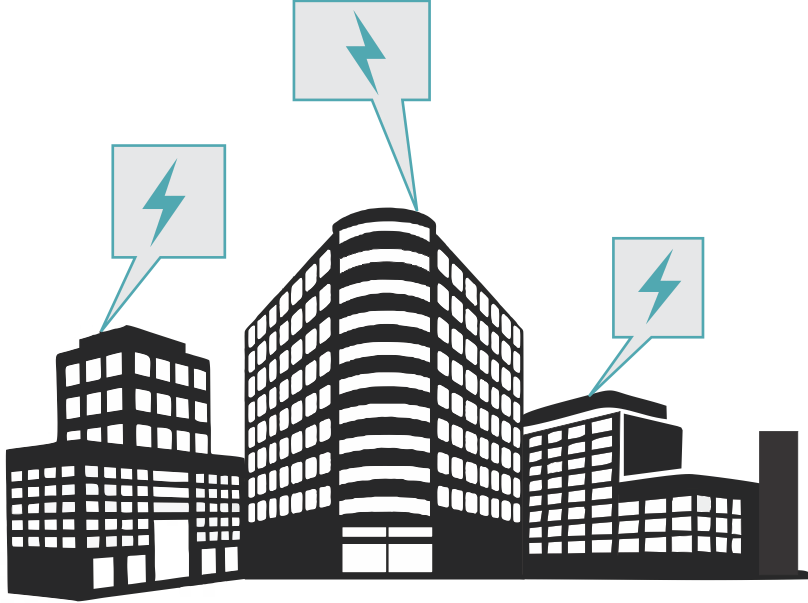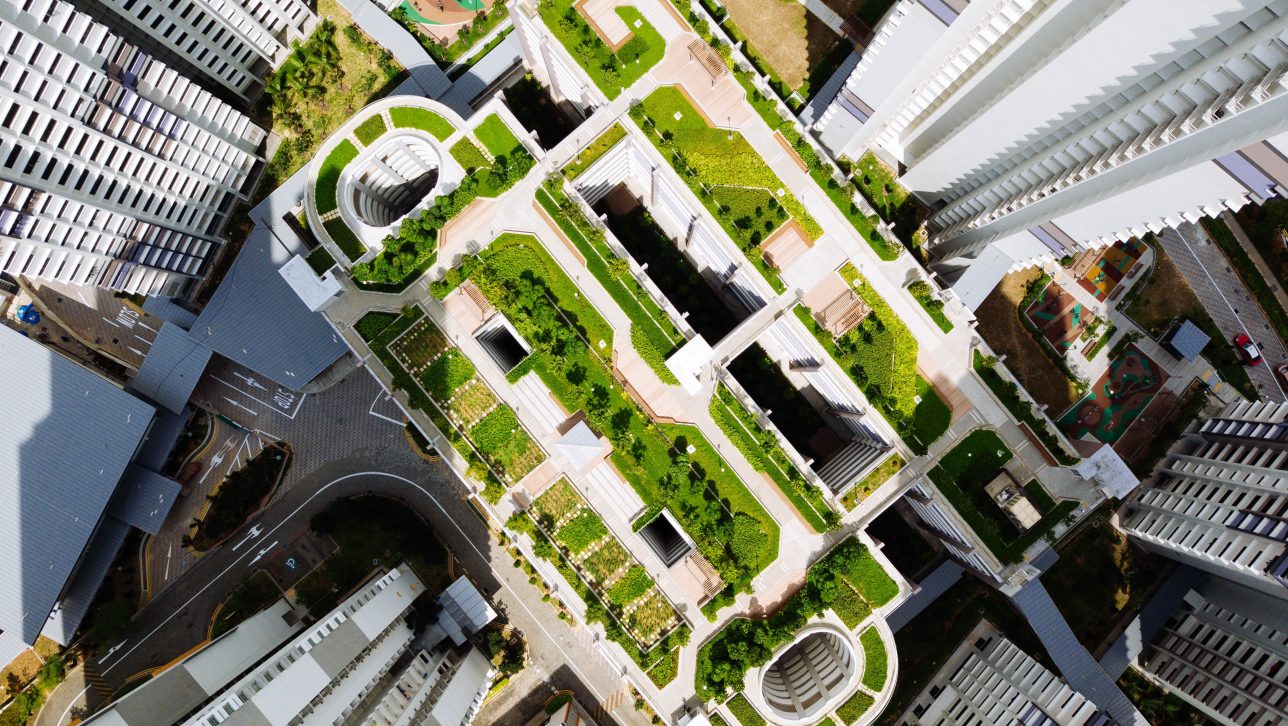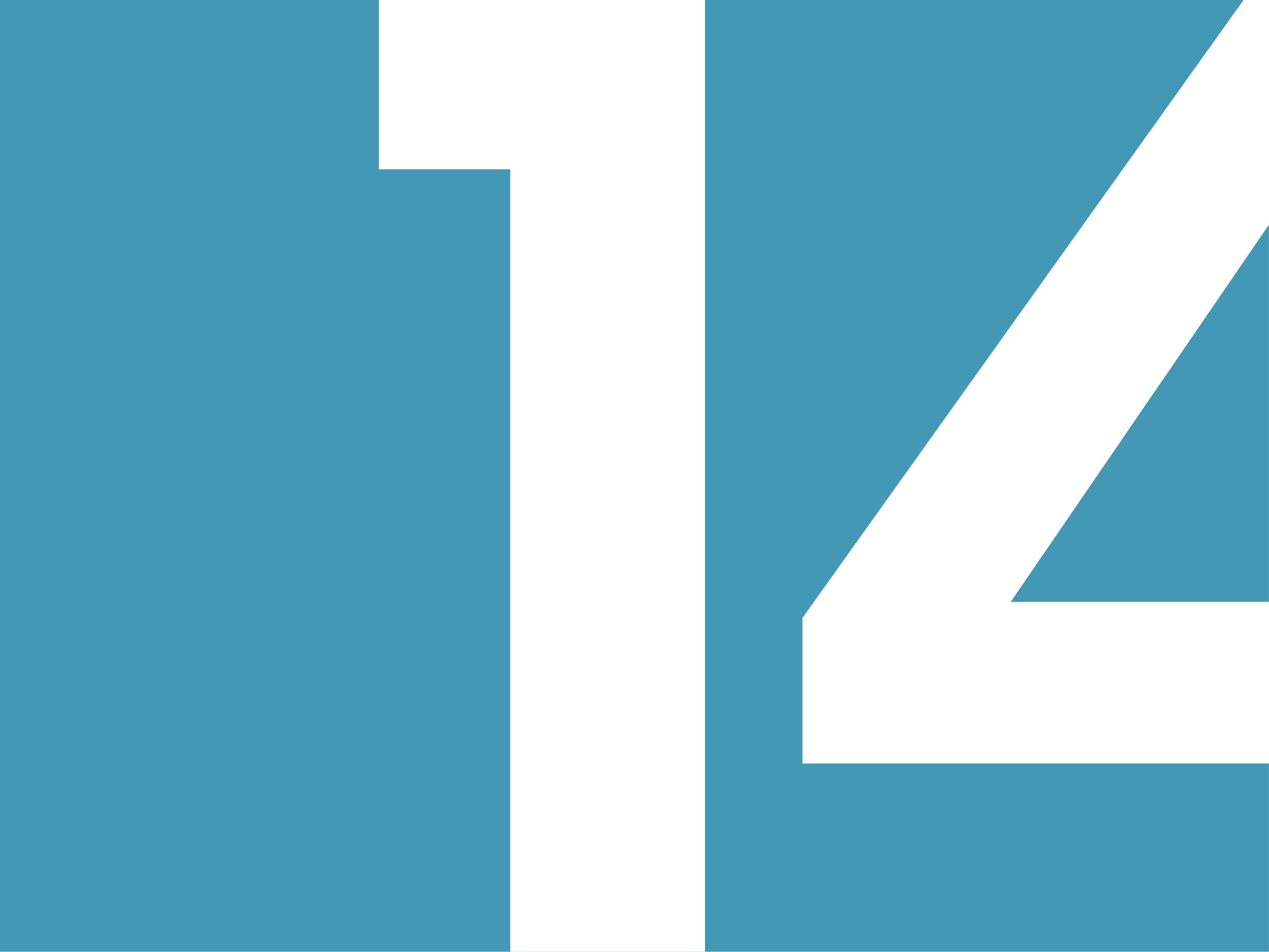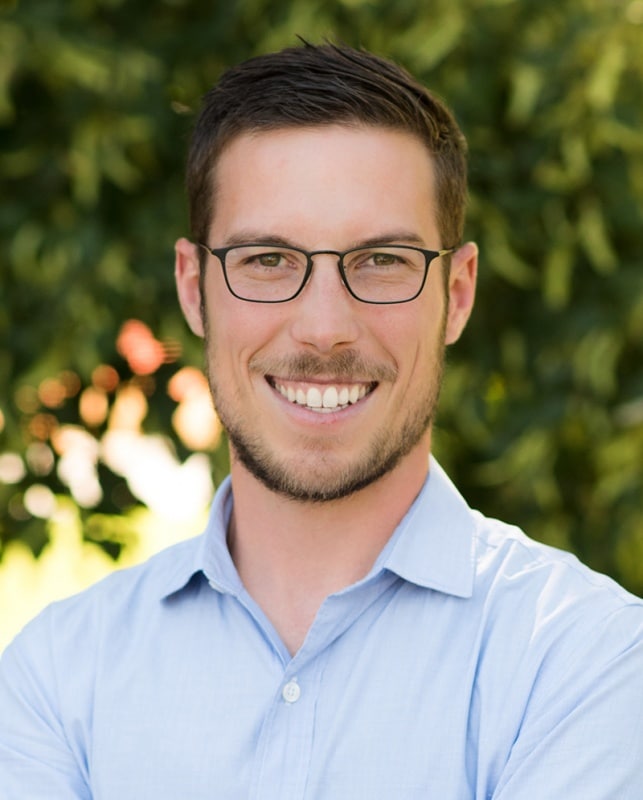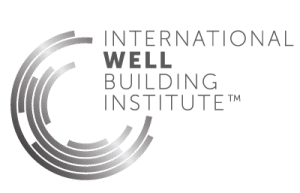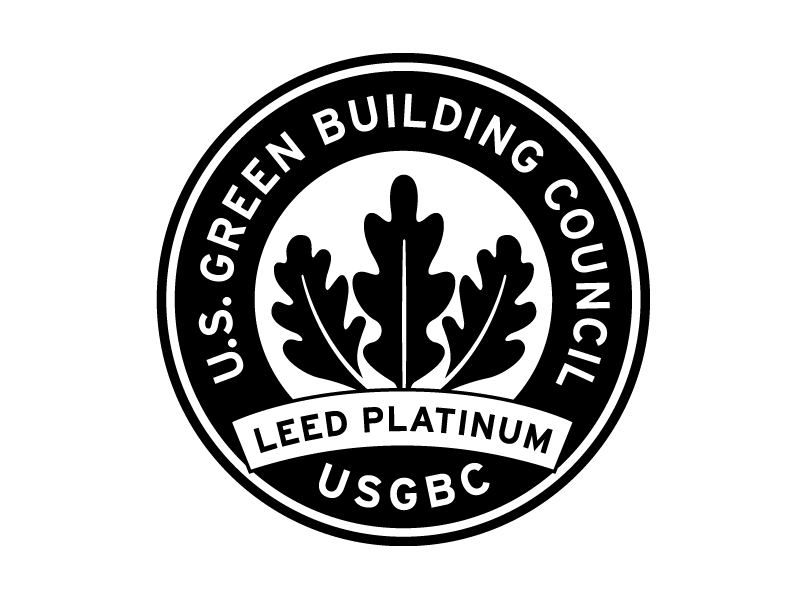The state is constructing tens of thousands of new buildings that cost more to build and lock in higher CO2 emissions all amid growing efforts to accelerate emission reductions
A report commissioned by Community Energy and prepared by Group14 finds that the upfront cost to build new residential buildings with all-electric space and water heating is roughly 25% less expensive than comparable equipment powered by natural gas. Similar, but smaller percentage savings arise for new all-electric commercial buildings. This shift to all-electric has not yet occurred, however, principally because current electricity rates and rebate programs for all-electric systems in Colorado produce higher total costs.
Prepared by Group 14 Engineering, the report further concludes that once buildings are constructed, the economics of retrofitting from natural gas to all-electric are far more difficult — bordering on cost prohibitive. As a result, Colorado is currently building tens of thousands of new residential and commercial buildings that both cost more and lock in higher CO2 emissions for the majority of a building’s +50-year life.
“Colorado spent over $16 billion on new residential and commercial construction in 2019, with the overwhelming majority of these new buildings relying on natural gas,” said Eric Blank, Co-Founder and Director of Community Energy, Inc. “Colorado has a near-term opportunity to modify its energy rates and rebate programs to encourage building electrification and accelerate the clean energy transition.”
Through a detailed economic case study of an individual single-family residence and commercial building in Colorado, the report shows that the state can quickly modify its rates and rebates to make all-electric the most cost-effective choice. This would begin to move new construction toward all-electric, enabling a low-carbon future.
“Simple changes today can make a large difference in realizing the low-hanging fruit of electrifying new building construction and reducing carbon emissions, all while providing comparable comfort and service,” said the report’s lead author Celeste Cizik, Principal at Group14 Engineering.
About Community Energy:
For more than twenty years, Community Energy has partnered with utilities, Fortune 500 companies and local communities to develop roughly 2,000 MW of wind and solar, representing a close to $4 Billion investment. As an early entrant in commercializing clean energy, Community Energy leverages emerging technologies and resources to support decarbonization of our energy systems and promote fuel-free approaches. Headquartered in Radnor, Pennsylvania, with offices in Boulder, Colorado and Chapel Hill, North Carolina, Community Energy has a strong presence in diverse geographical markets. For more information about Community Energy please visit www.communityenergyinc.com.
About Group14 Engineering
Group14 Engineering is a nationally recognized engineering and sustainability consulting firm delivering technical expertise, practical solutions and innovative best practices in the built environment that benefit developers, building owners, their occupants and society throughout the life-cycle of the building. Group14’s mission is to transform the built environment to realize a more resilient future. Based in Denver and in business since 1992, Group14 Engineering brings solutions to projects throughout the United States. For more information about Group14 Engineering, please visit www.group14eng.com.
